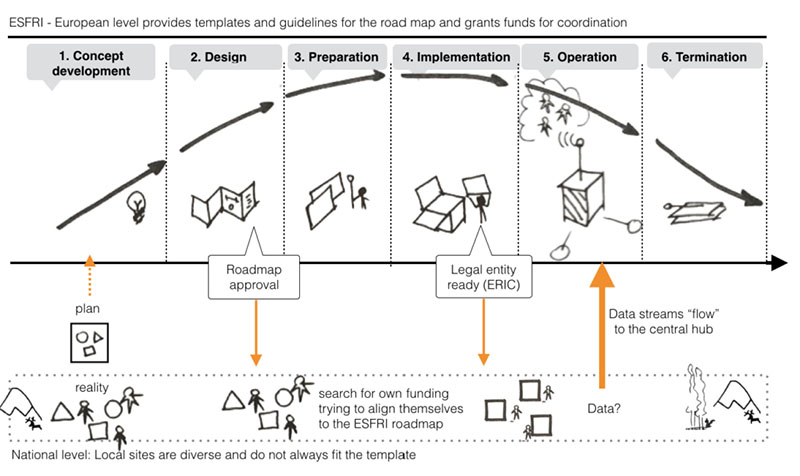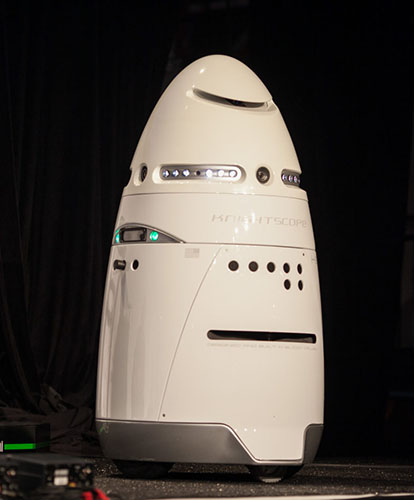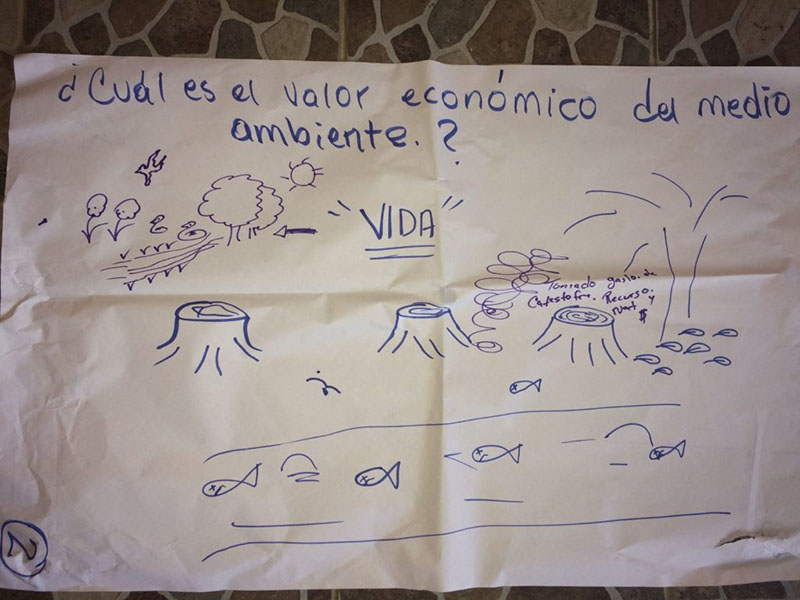
A Ludicrous Relationship? A Conversation between Anthropology and Game Studies
Editor’s Note: This is a co-authored piece written by Spencer Ruelos and Amanda Cullen, both PhD students in the Informatics department at UC Irvine. Most work at the intersection of games and anthropology is centered around how ethnographic methods can be applied to video games, especially those based in virtual worlds. Boellstorff’s (2006) essay in the inaugural issue of Games and Culture was central in articulating the possibilities of ethnographic fieldwork in game studies research. While game studies continues to draw on anthropological traditions of ethnography, this seems to be where the conversation between the two disciplines ends. Many of us who work in both game studies and anthropology find ourselves lacking a sense of academic belonging in either field; this post is, in part, an attempt to build deeper connections between these two disciplines. (read more...)





